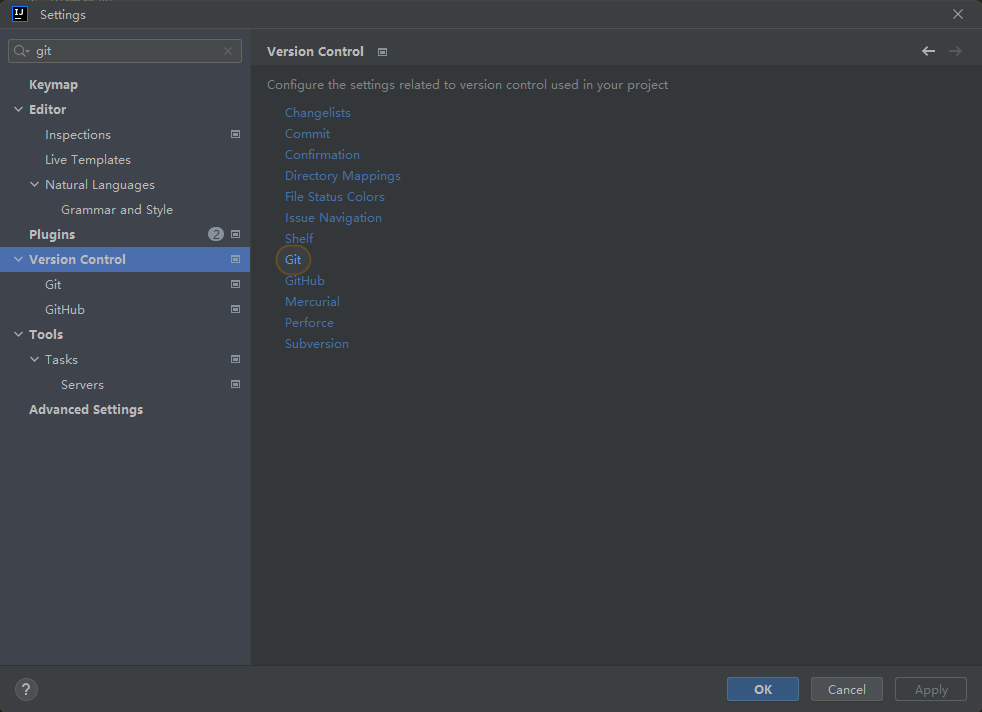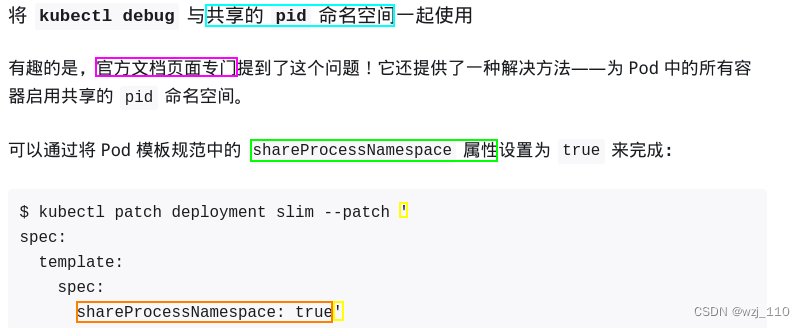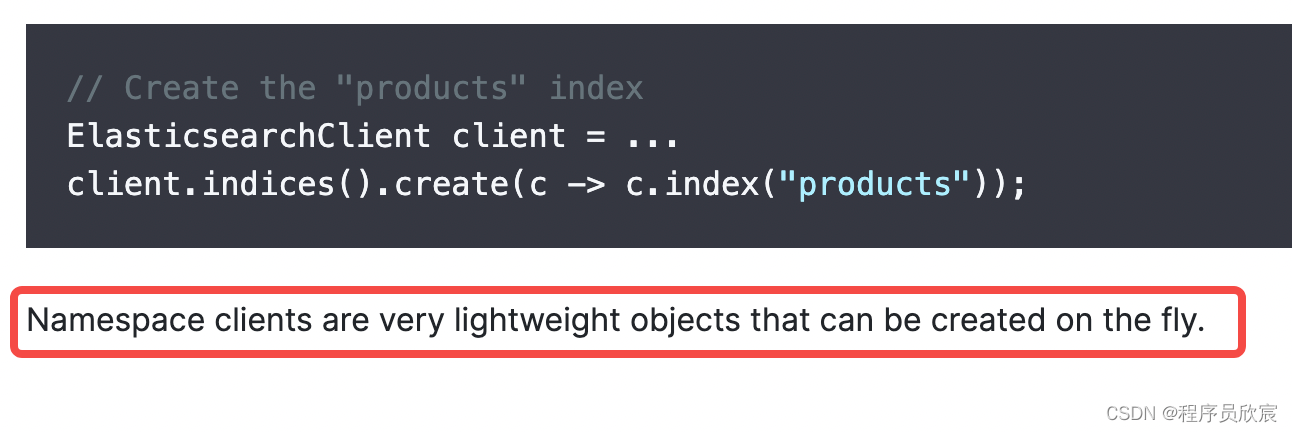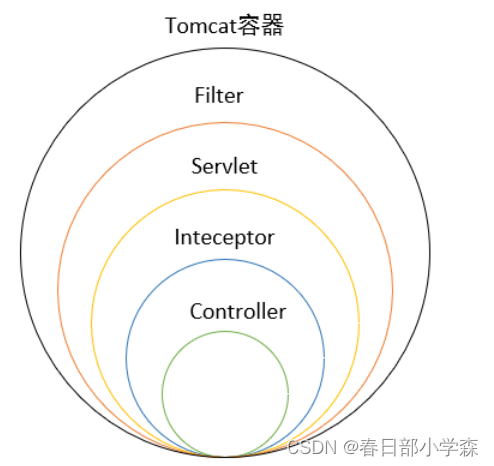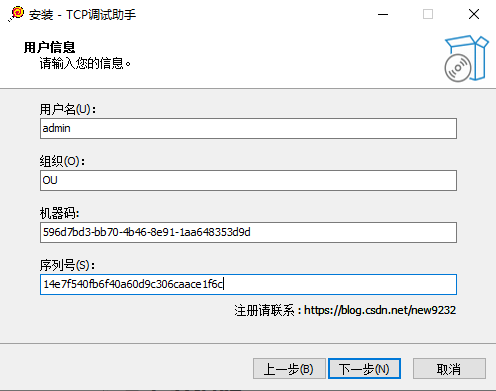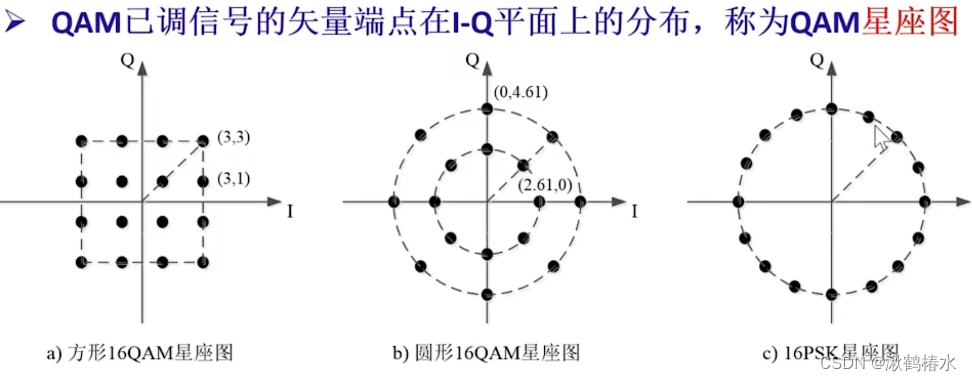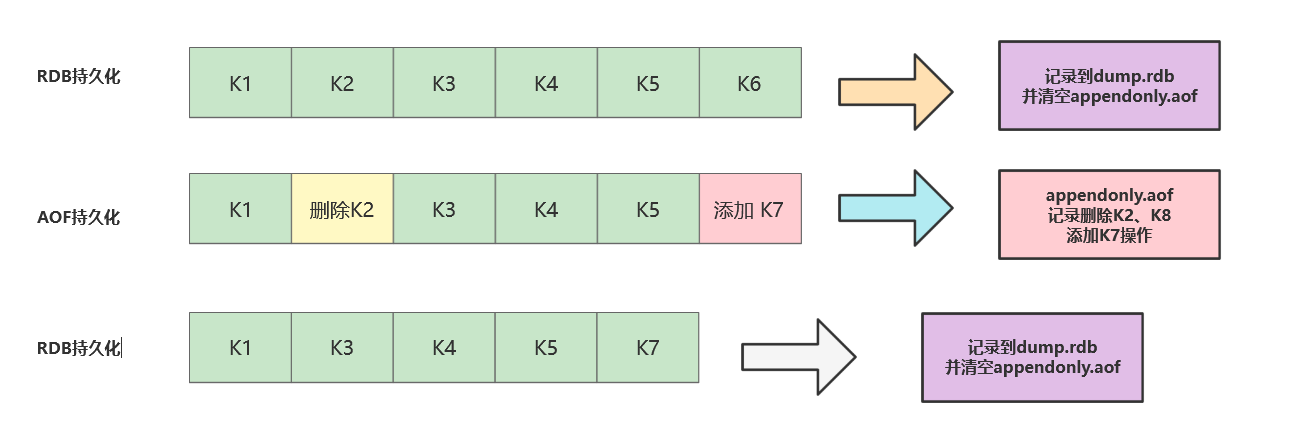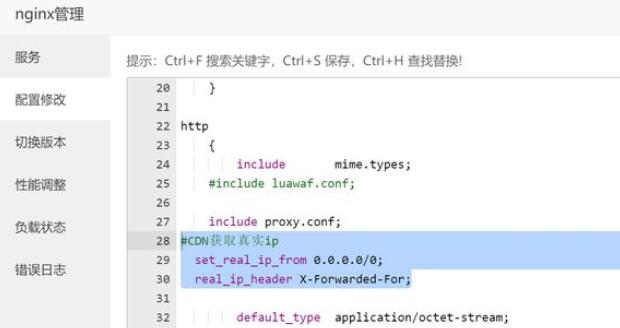shiro(身份)认证,简单来说就是登录/退出。搭建springboot项目,引入shiro和单元测试依赖:
<dependencies><dependency><groupId>org.springframework.boot</groupId><artifactId>spring-boot-starter-web</artifactId></dependency><!--单元测试--><dependency><groupId>org.springframework.boot</groupId><artifactId>spring-boot-starter-test</artifactId><scope>test</scope></dependency><!--shiro--><dependency><groupId>org.apache.shiro</groupId><artifactId>shiro-core</artifactId><version>1.2.2</version></dependency></dependencies>身份认证的步骤:
(1)收集用户身份 / 凭证,即如用户名 / 密码;
(2)调用 Subject.login 进行登录,其会自动委托给 SecurityManager.login 方法进行登录。如果失败将得到相应的 AuthenticationException 异常,根据异常提示用户错误信息;否则登录成功。如果身份验证失败捕获 AuthenticationException 或其子类,常见的如: DisabledAccountException(禁用的帐号)、LockedAccountException(锁定的帐号)、UnknownAccountException(错误的帐号)、ExcessiveAttemptsException(登录失败次数过多)、IncorrectCredentialsException (错误的凭证)、ExpiredCredentialsException(过期的凭证)等,具体请查看其继承关系;对于页面的错误消息展示,最好使用如 “用户名 / 密码错误” 而不是 “用户名错误”/“密码错误”,防止一些恶意用户非法扫描帐号库;
(3)最后调用 Subject.logout 进行退出操作,其会自动委托给 SecurityManager.logout 方法退出。
注意:身份验证是基础,如果身份验证出错其他的都会认证失败,比如密码错误而角色、权限是正确的,角色、权限认证也会失败。
一、身份认证配置文件mock数据实现:
1、数据mock:新建shiro-user.ini文件
[users]
zs=123
ls=123
admin=1232、单元测试:
import com.demo.shiro.ShiroApplication;
import org.apache.shiro.SecurityUtils;
import org.apache.shiro.authc.AuthenticationException;
import org.apache.shiro.authc.UsernamePasswordToken;
import org.apache.shiro.config.IniSecurityManagerFactory;
import org.apache.shiro.mgt.SecurityManager;
import org.apache.shiro.subject.Subject;
import org.junit.Test;
import org.junit.runner.RunWith;
import org.springframework.boot.test.context.SpringBootTest;
import org.springframework.test.context.junit4.SpringRunner;/*** 身份验证*/
@SpringBootTest(classes = {ShiroApplication.class}, webEnvironment = SpringBootTest.WebEnvironment.RANDOM_PORT)
@RunWith(SpringRunner.class)
public class ShiroLoginTest{/***登陆/退出,以admin/123用户为例*/@Testpublic void testLoginInAndPut(){//1、创建SecurityManagerFactory,用户名/密码硬编码在ini文件,实际应存储在数据库并将密码加密IniSecurityManagerFactory factory=new IniSecurityManagerFactory("classpath:shiro-user.ini");//2、创建安全管理器SecurityManager,并绑定给SecurityUtilSecurityManager securityManager = factory.getInstance();SecurityUtils.setSecurityManager(securityManager);//3、通过SecurityUtil获取登入用户主体subject,并创建tokenSubject subject = SecurityUtils.getSubject();UsernamePasswordToken token=new UsernamePasswordToken("admin", "123");//用户认证(shrio的核心功能之一)try {//异常//4、登录,即身份验证subject.login(token);System.out.println("认证成功");} catch (AuthenticationException e) {//5、认证失败//org.apache.shiro.authc.UnknownAccountException:账号错误异常//org.apache.shiro.authc.IncorrectCredentialsException:密码错误异常//org.apache.shiro.authz.UnauthorizedException: 授权错误异常System.out.println("认证失败");e.printStackTrace();}//6、安全退出subject.logout();}
}
执行,控制台输出:认证成功;
将密码改为123456,抛出密码错误异常

二、Realm域实现:
1、简单认证:realm一般是继承AuthorizingRealm,因为这里只有认证,就使用最简单的Realm了
package com.demo.shiro.realm;import org.apache.shiro.authc.*;
import org.apache.shiro.realm.Realm;public class MyRealm1 implements Realm {@Overridepublic String getName() {return "myRealm1";}@Overridepublic boolean supports(AuthenticationToken token) {//仅支持UsernamePasswordToken类型的tokenreturn token instanceof UsernamePasswordToken;}@Overridepublic AuthenticationInfo getAuthenticationInfo(AuthenticationToken token) throws AuthenticationException {String username = (String) token.getPrincipal();String password = new String((char[]) token.getCredentials());if(!"admin".equals(username)){throw new UnknownAccountException();}if(!"123".equals(password)){throw new IncorrectCredentialsException();}//身份验证成功,返回一个AuthenticationInfo实现return new SimpleAuthenticationInfo(username,password,getName());}
}
按照这个方法再定义MyRealm2、MyRealm3,分别实现zs/123、ls/123。注入Reaml方法有两种,
(1)配置文件方法:新建shiro-user-realm.ini文件,
#1、声明realm
myRealm1 = com.demo.shiro.realm.MyRealm1
myRealm2 = com.demo.shiro.realm.MyRealm2
myRealm3 = com.demo.shiro.realm.MyRealm3
#2、指定securityManager的realms实现
securityManager.realms = $myRealm1,$myRealm2,$myRealm3将单元测试原来加载的shiro-user.ini改为shiro-user-realm.ini即可。
(2)编程方法:修改单元测试代码:
//方法1,配置文件注入realm//1、创建SecurityManagerFactory,用户名/密码硬编码在ini文件,实际应存储在数据库并将密码加密//IniSecurityManagerFactory factory=new IniSecurityManagerFactory("classpath:shiro-user-realm.ini");//2、创建安全管理器SecurityManager,并绑定给SecurityUtil//SecurityManager securityManager = factory.getInstance();//方法2,编程设置realmDefaultSecurityManager securityManager = new DefaultSecurityManager();List<Realm> realms = new ArrayList<>();realms.add(new MyRealm1());realms.add(new MyRealm2());realms.add(new MyRealm3());securityManager.setRealms(realms);2、




